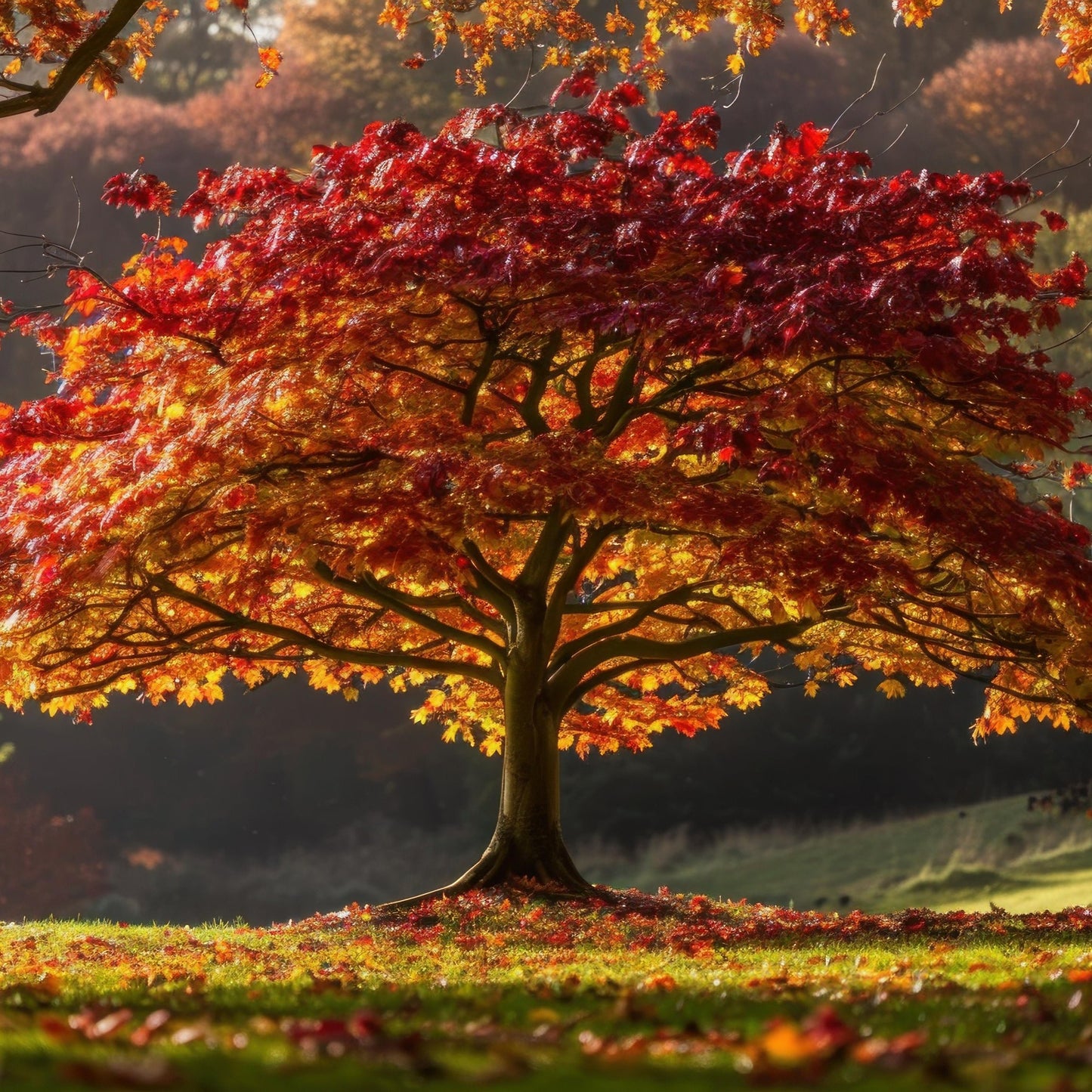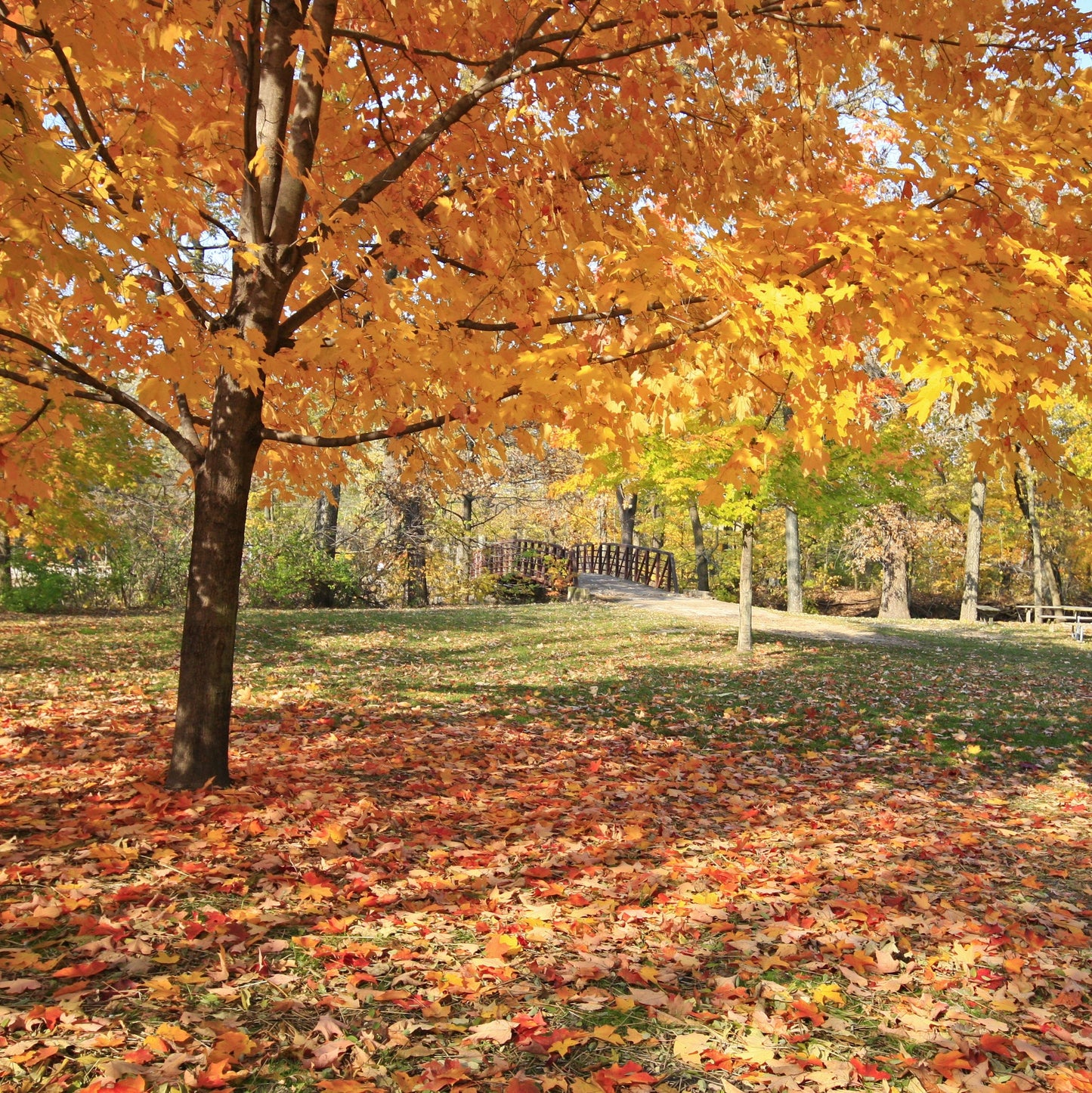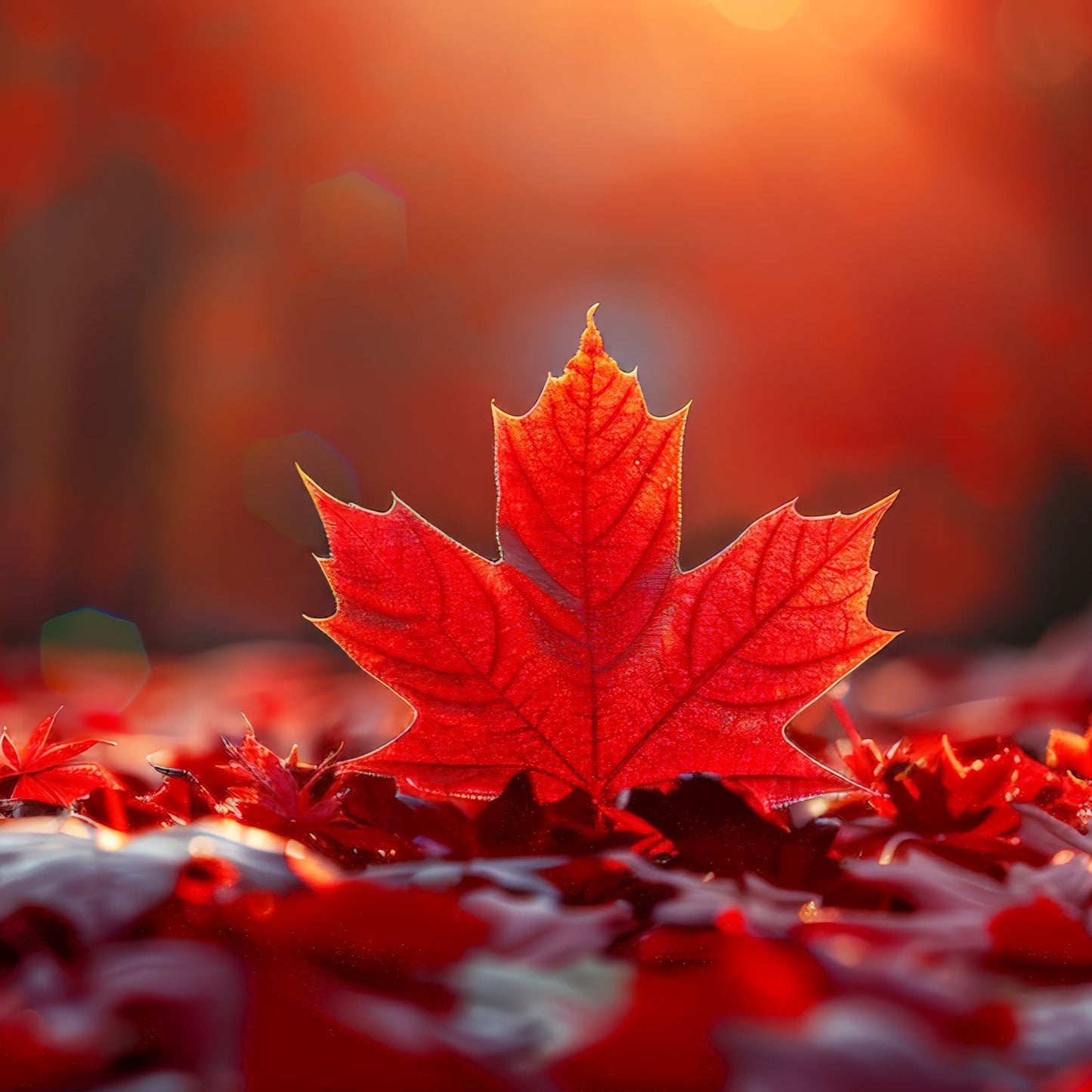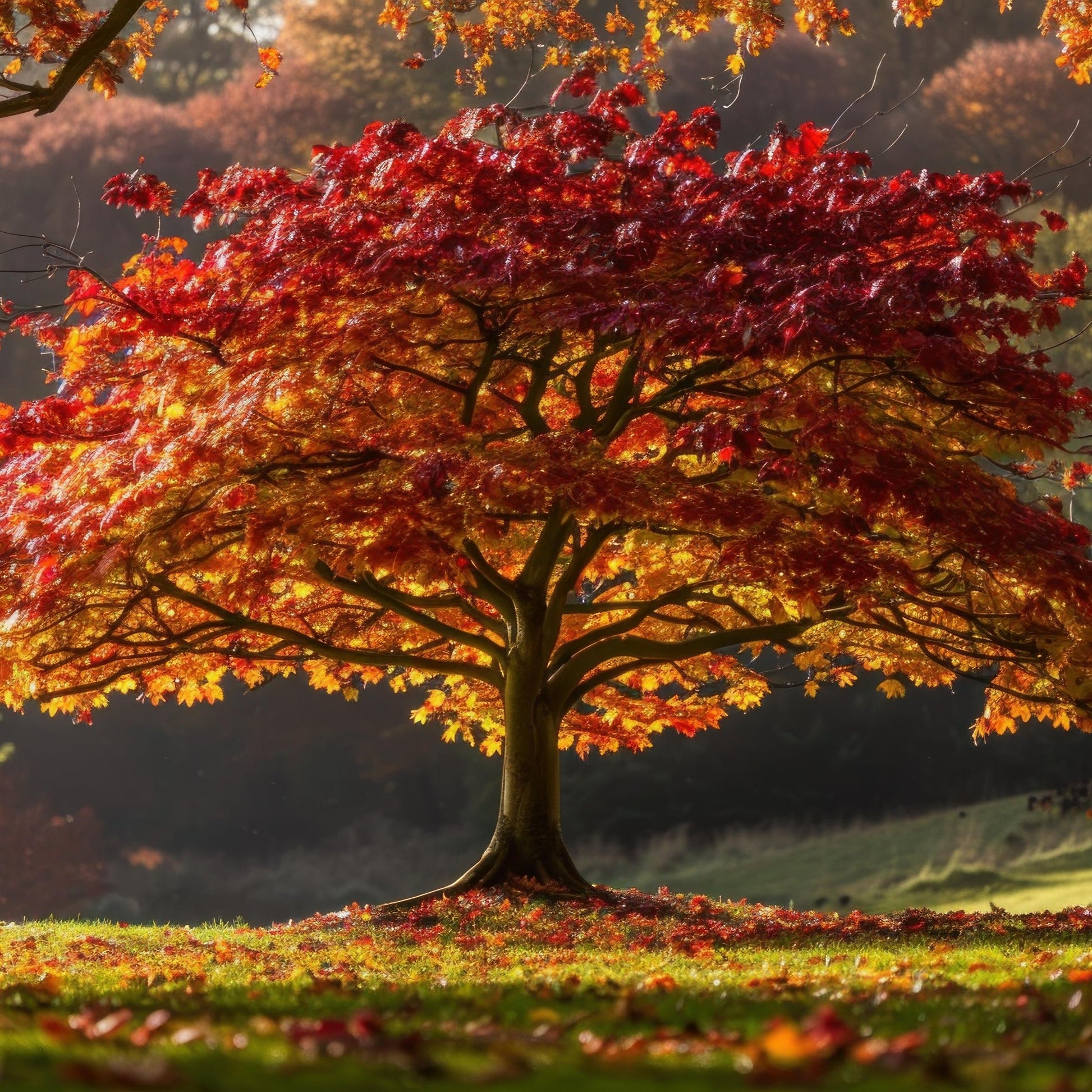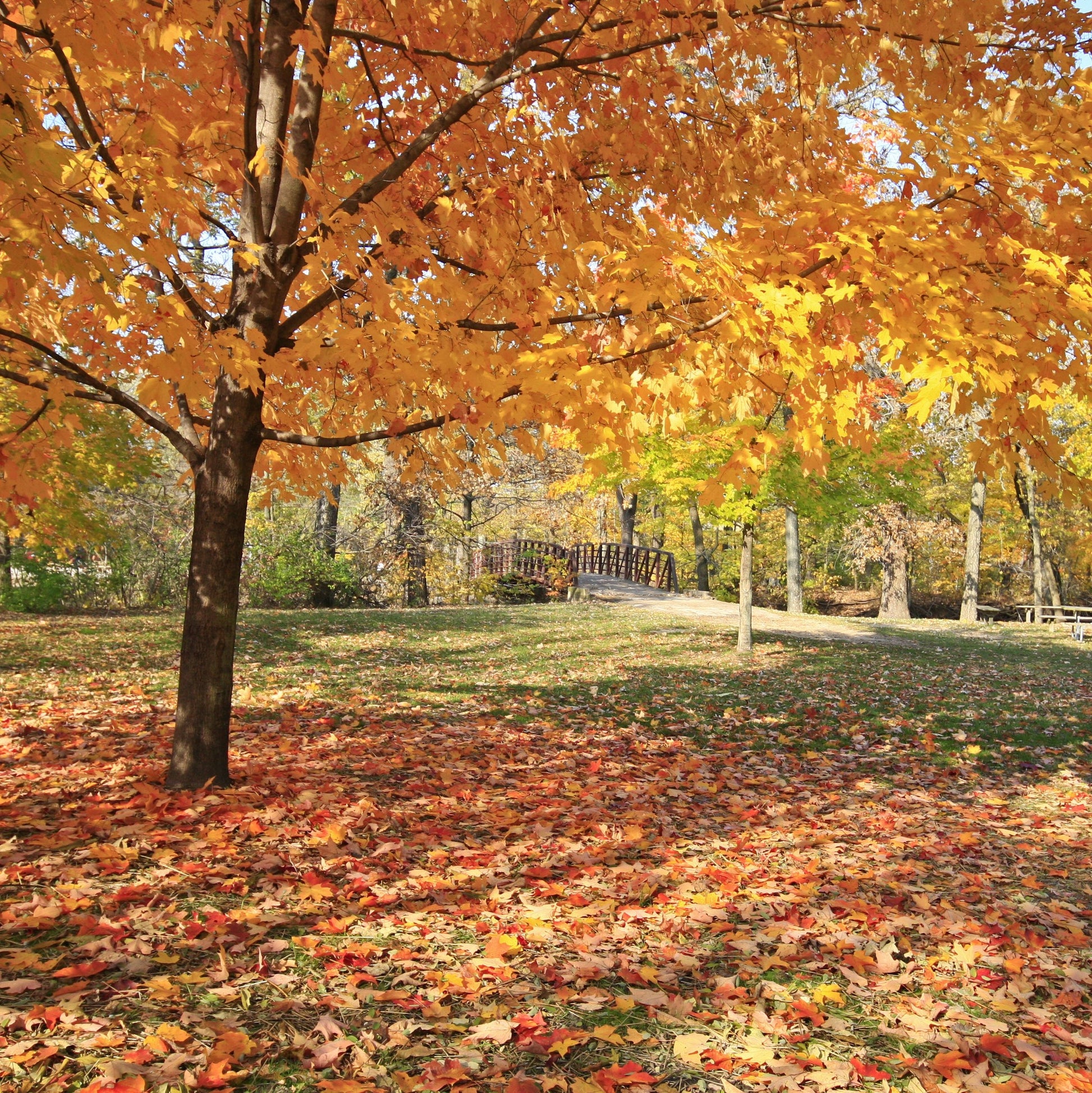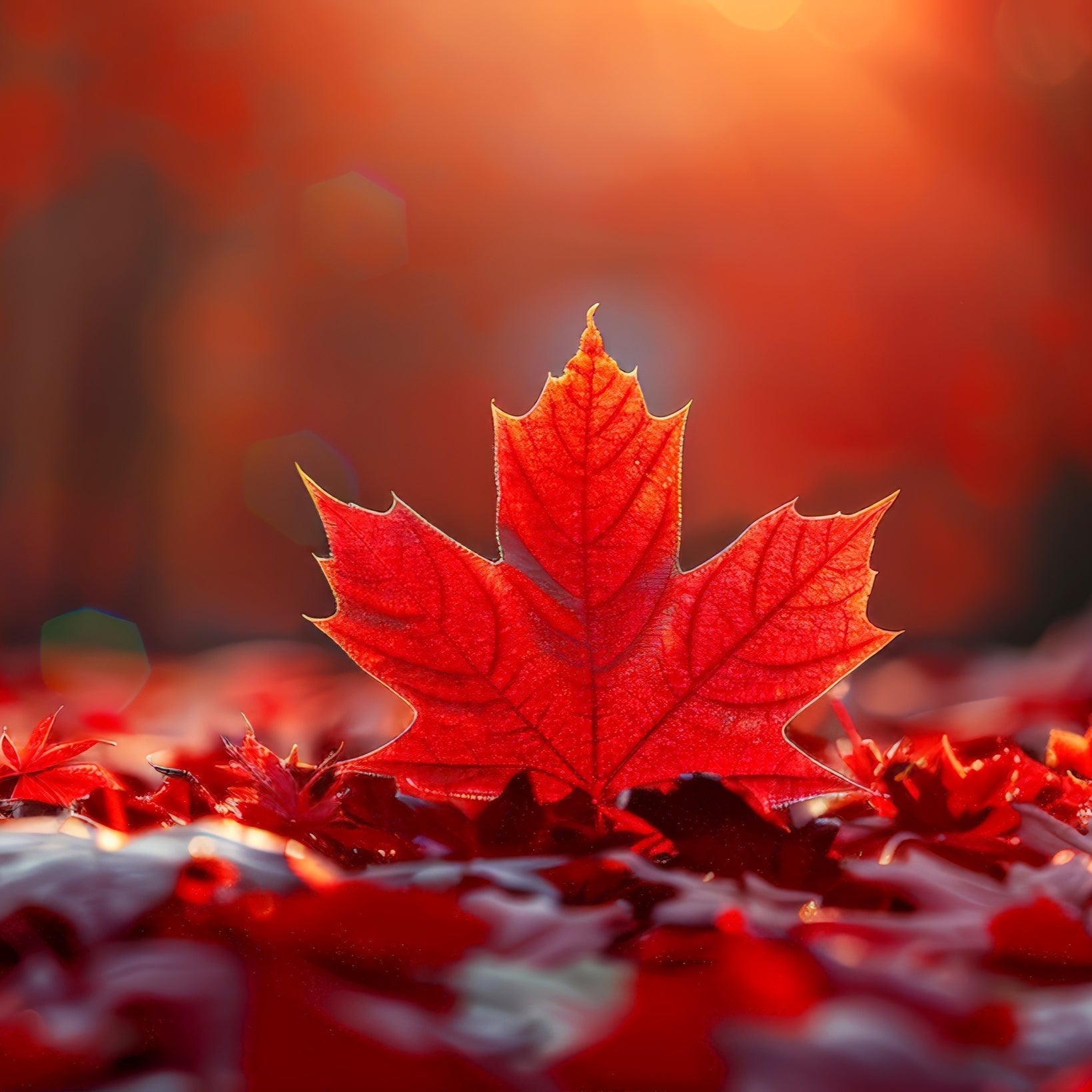Limited Quantities - Reserve Now For Fall
Red Maple Tree
Red Maple Tree
Couldn't load pickup availability
The Red Maple Tree is a fast-growing, highly adaptable deciduous tree, prized for its brilliant red fall foliage, rapid growth, and versatility in various landscapes. Known for its strong resilience, striking seasonal color, and ability to thrive in diverse conditions, the Red Maple is an ideal choice for shade, urban planting, and large landscapes.
Red Maple Tree
| Attribute | Details |
|---|---|
| Variety | Rooted |
| Botanical Name | Acer rubrum |
| Common Names | Red Maple, Swamp Maple, Soft Maple |
| Mature Height | 40-70 feet |
| Mature Width | 30-50 feet |
| Growth Rate | Fast (2-3 feet per year) |
| Lifespan | 80-100 years |
| USDA Hardiness Zones | 3-9 |
| Sun Preference | Full sun to partial shade |
| Soil Type | Well-drained, loamy, sandy, or clay soils |
| Soil pH | Slightly acidic to neutral (4.5-7.0) |
| Water Needs | Moderate; tolerates wet soils but is also drought-resistant once established |
| Fall Foliage | Vibrant red, orange, or yellow |
| Wildlife Attraction | Birds, pollinators, deer, and small mammals |
| Growth Habit | Rounded to oval canopy with strong branching |
| Self-Pollinating? | Yes |
| Landscape Uses | Shade tree, urban planting, windbreak, street tree, park landscapes |
| Maintenance Level | Low |
Environmental Benefits
🍂 Brilliant Fall Color & Seasonal Beauty – One of the best trees for fiery red autumn foliage, adding vibrant color to landscapes.
🌱 Soil Adaptability & Erosion Control – Thrives in a wide range of soil types, making it ideal for stabilizing banks and preventing erosion.
🐝 Wildlife & Pollinator Friendly – Produces nectar-rich flowers in early spring that attract bees, butterflies, and birds.
🌳 Air Purification & Carbon Sequestration – Absorbs carbon dioxide and airborne pollutants, improving urban and suburban air quality.
Pros & Cons
| Pros | Cons |
|---|---|
| Fast-growing and provides excellent shade | Shallow root system may compete with nearby plants or damage sidewalks |
| Brilliant red foliage makes it a stunning focal point | Can be susceptible to leaf scorch in hot, dry climates |
| Highly adaptable to various soil types and moisture levels | Prefers slightly acidic soil and may develop chlorosis in alkaline soil |
| Attracts pollinators and birds | Drops helicopter seeds (samaras) in spring, which may require cleanup |
| Resilient in urban environments and tolerates pollution well | May require occasional pruning to maintain structure |
Planting & Care Guide
- Spacing: Plant 30-50 feet apart for proper canopy development
- Soaking: Soak roots in water for 6-12 hours before planting
- Planting Depth: Dig a hole twice the width of the root system, ensuring roots are level with the soil surface
- Mulching: Apply a 2-3 inch layer of mulch to retain moisture and suppress weeds
- Pruning: Prune in late winter or early spring to maintain shape and remove dead wood
- Fertilization: Apply a balanced fertilizer in early spring to encourage strong growth
- Watering: Water deeply 2-3 times per week in the first year, then reduce as the tree matures
The Red Maple Tree is a stunning, fast-growing, and resilient tree that provides shade, seasonal beauty, and environmental benefits with minimal maintenance. Whether used as a shade tree, urban accent, or focal point in a landscape, this iconic native tree is an excellent investment for generations to enjoy.
Share
